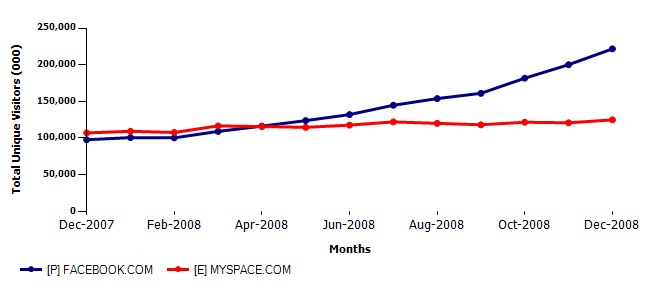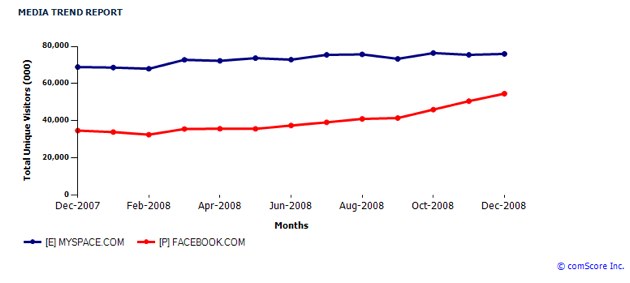Anheuser-Busch Debuts AB-Extras.com; Fuses PR with Social Media to Humanize Stories and Ads

Today Anheuser-Busch announced AB-Extras.com – a social media destination for Bud fans 21 years of age and older to reveal the human element and stories behind the ads that will premier during the Big Game.
AB-Extras.com is a unique social platform for the internal PR team at Anheuser-Busch to also work more effectively with traditional and digital press and bloggers using the tools and services that they rely upon to publish and share stories.
AB-Extras.com features exclusive content using a combination of social tools and networks such as Social Media Releases (SMRs), YouTube, Blip.TV, and flickr, hosted on a blog platform. At the very least, it is a dedicated online newsroom that aggregates and packages disparate social elements from across the Web into a contextualized storyboard that streamlines the viewing, sourcing, and distribution of relevant information.
The press team at Anheuser-Busch is actively exploring the inherent benefits and opportunities of genuinely participating in the important and relevant conversations that are transpiring across the Social Web.
They’re learning from individual experiences driven by this new form of engagement to further evolve its communications methodologies and practices and also improve the foundation for building relationships. As the team is listening and internalizing activity, analysis, and feedback, they will also define new policies and amendments to the PR regiment in order to embrace public conversations through social networks and micro communities including Facebook, Twitter, and FriendFeed.
I’m also learning that much in the same way that public companies abide by existing processes and language when communicating through press releases for example, there are guidelines and procedures designed to help alcohol companies practice corporate responsibility not only in PR, but also in online community engagement.
I’m looking forward to working with Anheuser-Busch to further explore new ways to enhance and humanize the interaction between companies, journalists, bloggers, and the very consumers who contribute to the interpretation, perception, and dissemination of their story.
Press Release on PitchEngine

Anheuser-Busch Debuts AB-Extras.com
Related reading on PR 2.0:
- SEC To Recognize Corporate Blogs as Public Disclosure, What This Means for Wires and Press Releases
- Social Media Releases In Action
- The Definitive Guide to Social Media Releases
- The Future of the Social Media Release is in Your Hands
- The Poetry of Social Networking to Court Customers and Invest in Relationships
- Twitter Tools for Community and Communications Professionals
- The Essential Guide to Social Media
- The Social Media Manifesto
- Introducing The Conversation Prism
Connect with me on:
Twitter, FriendFeed, LinkedIn, Tumblr, Plaxo, Plurk, Identi.ca, BackType, Jaiku, Social Median, or Facebook
---
Subscribe to the PR 2.0 RSS feed.
---
anheuser-busch budweiser bud lite light budbowl superbowl super+bowl nfl big+game game big football social+media smr generations commercial ad ab briansolis pr2.0 pr+2.0 pr 2.0 publicrelations public relations socialmedia social media media2.0 media+2.0 social+media+release hrelease social+media+press+release press+release news+release release communication marketing advertising commercial





































